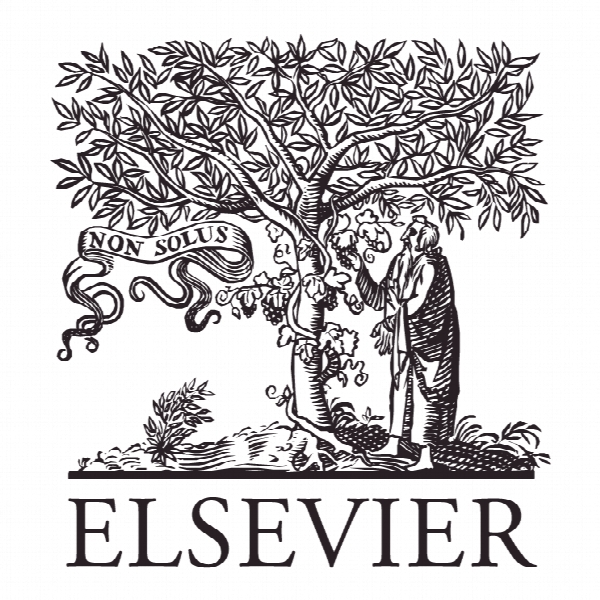نفوذ پذیری برای بازسازی هسته های سد Permeation grouting for remediation of dam cores
- نوع فایل : کتاب
- زبان : انگلیسی
- ناشر : Elsevier
- چاپ و سال / کشور: 2018
توضیحات
رشته های مرتبط مهندسی عمران
گرایش های مرتبط سازه
مجله زمین شناسی مهندسی – Engineering Geology
دانشگاه K-water Research Institute – Republic of Korea
منتشر شده در نشریه الزویر
کلمات کلیدی نشت، بازسازی سد، نفوذ، نفوذ پذیری، سد سازی، سد خاکی
گرایش های مرتبط سازه
مجله زمین شناسی مهندسی – Engineering Geology
دانشگاه K-water Research Institute – Republic of Korea
منتشر شده در نشریه الزویر
کلمات کلیدی نشت، بازسازی سد، نفوذ، نفوذ پذیری، سد سازی، سد خاکی
Description
1. Introduction Grouting methods have been widely applied to general ground improvement in the field of engineering geology (Warner, 2004). New dam constructions generally require pressure-type grouting of the foundation and associated abutments (Bruce, 2012). Existing dams built on alluvial deposits or permeable abutments are susceptible to excessive leakage and/or liquefaction induced by seismic activity (Ghobadi et al., 2005; Marcuson III et al., 1996). Therefore, foundation treatment cut-off systems or rock-mass grouting have been utilized frequently (Bruce et al., 2006; Turkmen, 2003; Unal et al., 2007; Uromeihy and Barzegari, 2007; Warner, 2004). Contemporary grouting applications include remedial grout curtains in rock under and around existing dams, jet grouting in soils underlying existing embankments, and interface-sealing between embankments and foundation rock, which is mostly accomplished by a pressure grouting technique (Stare et al., 2012a). However, remediation grouting of the clayey earth-core layer of an embankment itself has rarely been performed in cases where there is a deficiency of seepage control induced by dam aging, incompleteness of compaction at the time of construction, inappropriate material selection, or seismic loading. To address problematic seepage from existing dams that maintain the current water supply, a grouting method can be applied to the deteriorated core layers without reducing the reservoir’s water level. However, applying remediation grouting directly to the embankment is technically challenging. For remediation grouting of dam core layers, the main purpose should be the improvement of core impermeability (Foster et al., 2000). Toward this objective, the delicate grouting procedure of grouting should be approached with care to achieve the contradictory technical goals of maximizing the filling of voids and deteriorated areas, and at the same time minimizing the potential risks of harmful hydraulic fracturing or weakening of earthen cores (FERC, 2016; Fell et al., 2015; K-water Research Institute, 2016a; Schaefer et al., 2011; Stare et al., 2012b; U.S. Army Corps of Engineers, 2014; USBR, 2012). Therefore, it is not desirable to use pressure-type grouting methods such as jet grouting, vibro-type compaction grouting, rock-mass pressure grouting, etc. Typical dam remediation measures involve drilling and grouting methods (e.g., compaction grouting and jet grouting), deep soil mixing (e.g., conventional deep mixing, the trench remixing deep wall method, and cutter soil mixing), trench excavation and backfilling with an engineered material, composite cutoff walls, and upstream or downstream buttress structures for embankment stabilization (Bruce, 2012).


